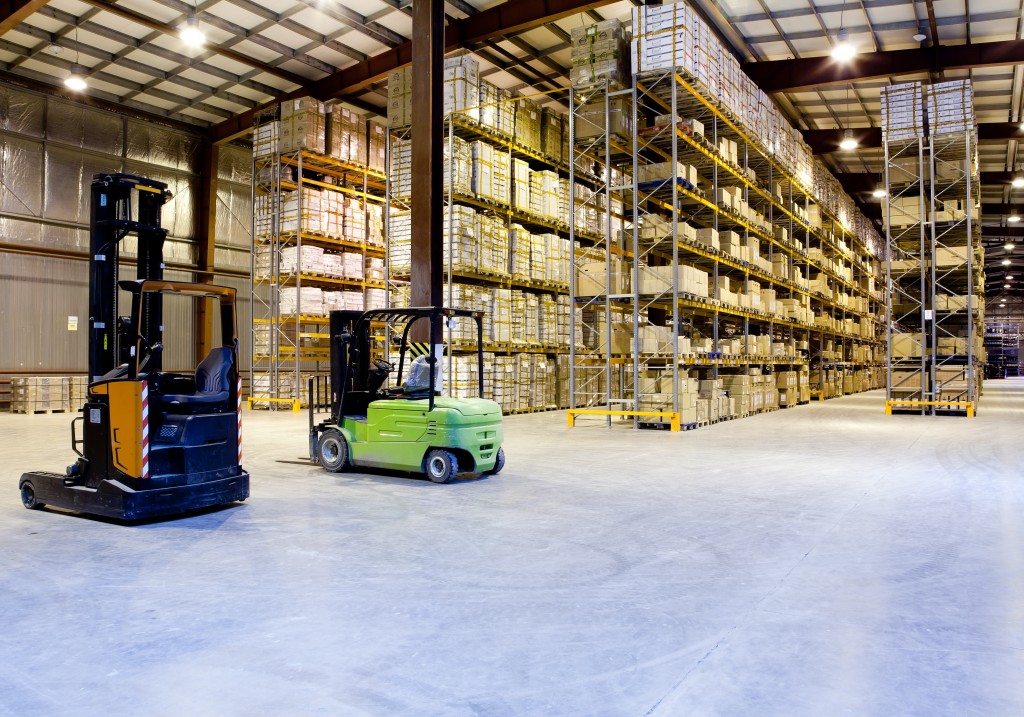Warehouses are a central part of the supply chain. Without them, we wouldn’t have the quick access we have to almost any goods we want. If you’re in charge or work in a warehouse, here are a couple of considerations that could make a big difference to the efficiency of your warehouse operations.
Improving Safety
Improving safety measures and making your warehouse more efficient are not ideas at odds with each other. Some business owners or managers may be tempted to cut corners or deem certain safety practices unnecessary. Continuous safety training is a good example. Implementing warehouse safety training or how to use machinery in warehouses may be considered by some as unnecessary because people learn on the job. Or it may seem obvious that dangerous play or practice in the workplace causes accidents. If your long-span racking systems are overloaded, you’re increasing the chances of an accident and also making the job more difficult for employees.
What may be deemed dangerous or foolhardy to one worker may be another employee’s idea of lighthearted, moral raising jokes, or pranks. Proper instruction must be given from management and this must be enforced throughout the company. Training safety practices must also be conducted regularly so that standards are maintained. A healthy call-out culture should be cultivated, not to scapegoat or harass employees but to encourage everyone to participate in keeping standards high.
Those who fall foul of any malpractice can just hold their hands up, accept an appropriate disciplinary action, be coached, and move on. Those that perpetually ignore safety protocols shouldn’t be tolerated.
Fewer accidents and a more professional workforce mean fewer manpower issues and days off, better-run systems, more profit, and happier staff.
AI and automation

Logistics is an area where AI and automation can make big a difference. Look at an Amazon distribution plant and you’ll see a ballet of machinery moving night and day. They rarely if ever bump into each other, they take the most efficient routes to get to their items and delivery locations. And all of this is done with minimal human supervision. This is hyper-efficiency and a paragon of how to run the modern warehouse.
Of course, not all industries can replicate the same Amazon model, there are just too many different factors for different industries. However, AI can help with data and analysis of the supply chain and the processes of the warehouse. Better AI can determine the placement of goods, optimum levels of inventory, and can create housekeeping checks and schedules. Almost any process in a warehouse can be analyzed by AI.
Utilizing a more digital system also paves the way toward moving away from paper. Comprehensive, accurate, and unbiased reports can be made by computer systems. Cloud or online administrative services mean access and control of the warehouse can be done remotely.
The purpose of warehouses has remained the same since they were invented. They receive stock, store it, and then dispatch it. This fundamental role will remain the same for the foreseeable future, what will change is a leveling up in how they operate making them much more efficient and ready for business in the 21st century.

